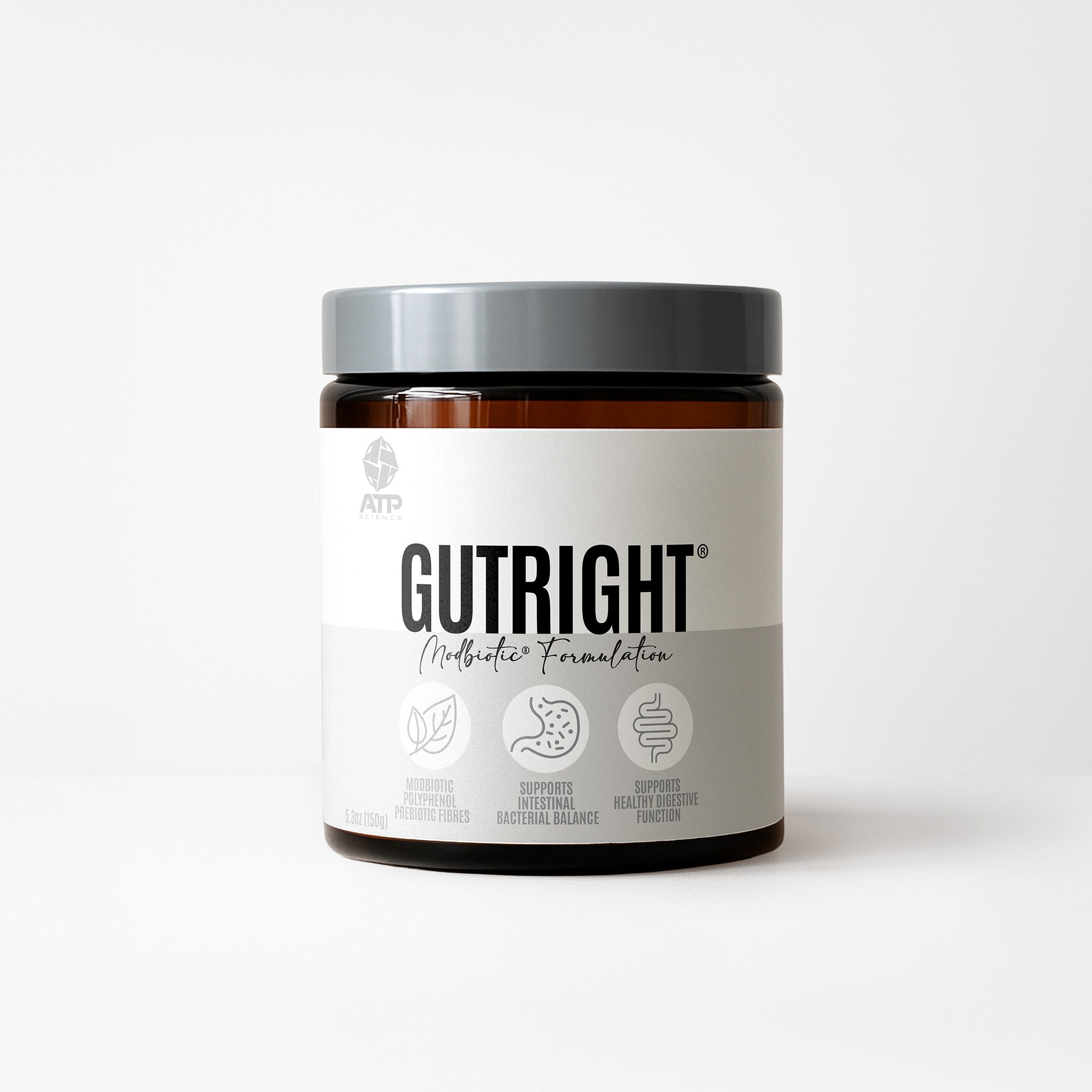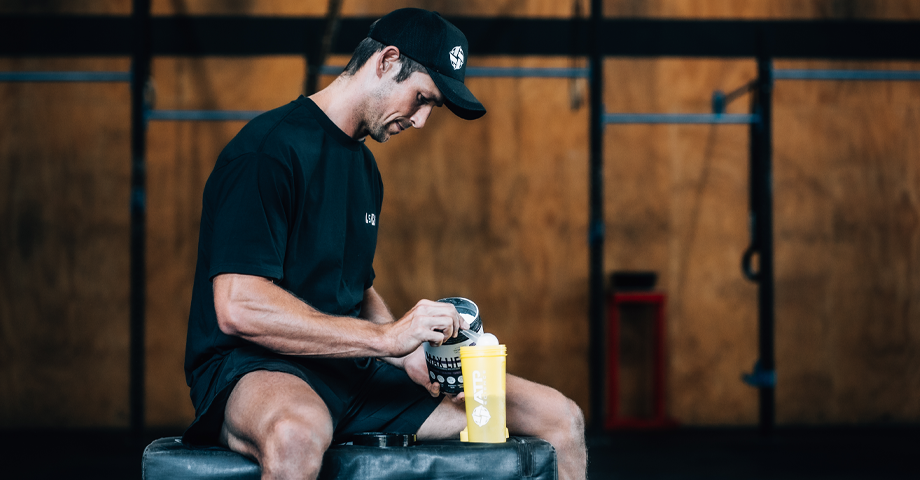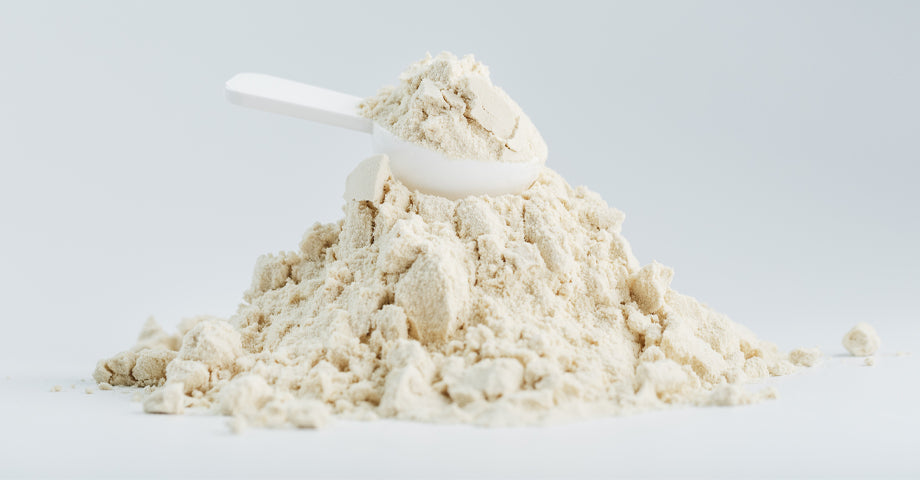Astaxanthin – What is it and why do we need it?
Chemically known as 3,3′-dihydroxy-β,β-carotene-4,4′-dione, Astaxanthin (ASX) is a xanthophyll carotenoid (it is in the same chemical class as other carotenoids like beta-carotene – the stuff that makes your carrots orange). ASX is a distinctive colour (think of the colour of salmon flesh). It was originally isolated from the colourful parts of lobsters [1]. ASX is naturally made by algae, bacteria, and fungi, which is then eaten by marine animals.The Skin and the Sun
We need sunlight, when the sun shines, it hits our skin and magically makes Vitamin D from cholesterol (with a little help from your kidneys and liver). The trick is to get enough Vitamin D, without getting too much sun. Probably the worst thing about getting sun is that most of it lands on the face, because other parts of our skin are covered by clothes. Thus, the face cops a hiding from the sun and it shows as we age.Sunlight encompasses three types of UV light, being UVA, UVB, and UVC. UVC is knocked out by the ozone layer so we are not going to discuss this here. However, the UVA and UVB rays pass through the ozone layer and hits the skin of people spending time in the sun. As mentioned earlier, we need this light, but too much of it can cause skin damage. UVA is the main UV light that causes 'photoaging' (skin aging caused by the sun) because UVA penetrates the dermis and causes collagen production to be disrupted. UVA also reduces skin elasticity and skin strength [2]. Too much UVB light damages the epidermis, leading to damage of the nucleic acid. UVB can also generate free radicals, which can drive inflammation of the skin [3]. The below picture illustrates the damage induced by excessive UV/sun damage.

Figure1: reference 4
Better than Carrots
ASX is very similar structurally and biochemically to the beta-carotene in your carrots but is 40 times more potent as an antioxidant. How it achieves this is down to its polar ionone rings on both ends of the structure and the thirteen conjugated double bonds that can remove damaging high electrons [5]. So you still should eat your carrots and all your coloured vegetables, but gram for gram, ASX is a vastly more potent antioxidant than carotenoids found in other foods and has a strong affinity for concentrating in the skin where it can, as mentioned earlier, protect the skin from excessive sun.Astaxanthin and Wrinkles
In a wrinkle mouse model (yes, there is such a thing), ASX was found to be beneficial for the prevention of wrinkles once the skin is exposed to UV light [6], acting via the inhibition of the inflammatory process in the skin [7]. In 2001, open-label studies tested ASX creams on the skin. These early studies have found that topical application of ASX is beneficial for reducing wrinkles on human skin [8].In one study, 2mg of ASX was given to 49 healthy women, who were aged in their late 40's, over 6 weeks. There was a corresponding group of women given a placebo dose. After only 6 weeks there were significant improvements in skin moisture and elasticity in the treatment group [9]. In another study, women aged 20-55 years, were given oral and topical ASX, results showed there was a significant reduction in wrinkle depth after only 8 weeks [10]. Probably the strongest piece of evidence that highlights the beneficial effects of ASX comes from a recent meta-analysis (one of the strongest forms of evidence) which concluded the following: “Ingestion and/or topical usages of ASX may be effective in reducing skin ageing and have promising cosmetic potential, as it improves the moisture content and elasticity and reduces wrinkles [11].” So either applied topically or taken orally, using ASX is excellent for your skin.
ASX combines well with other great ingredients that have been shown to be beneficial for the skin. A specific bovine collagen peptide (Verisol) has been shown in numerous double-blinded placebo-controlled studies to be beneficial for reducing wrinkles [12]. In a placebo-controlled study, ASX was combined with collagen to elicit beneficial effects on the skin, including the induction of the beneficial procollagen Type I and decreasing levels of the collagen-degrading enzyme MMP-1 and the elastin-degrading enzyme MMP-12 [13]. This dual results contribute to healthier skin and reduced wrinkles.
The Take-Home Message
ASX is a carotenoid with a super-high antioxidant capacity with a strong vibrant orange colour, which can be consumed naturally by humans. Whilst it is a healthy supplement to take for many systems of the body, ASX has a specific affinity with skin health. It works by helping to protect the skin from harmful UV rays that can accelerate the appearance of aging in the skin. When taking ASX we would still encourage you to cover up (slip, slop and slap if you remember that 80’s catchy song) to avoid excessive sun exposure.However, when the damage is done, studies show that taking ASX orally can improve the moisture and elasticity of your skin and improve the appearance of wrinkles. The amount of ASX required to get this beneficial effect is around 4mg/day. This is one way of growing healthy skin from the inside out.
References:
- Kuhn R. The coloring matters of the lobster (Astacus gammarus L.) Z. Angew. Chem. 1938;51:465–466. doi: 10.1002/ange.19380512703.
- Activation of mammalian gene expression by the UV component of sunlight--from models to reality.
Tyrrell RM. Bioessays. 1996 Feb; 18(2):139-48. - Preventive effect of dietary astaxanthin on UVA-induced skin photoaging in hairless mice. Komatsu T, Sasaki S, Manabe Y, Hirata T, Sugawara T. PLoS One. 2017; 12(2):e0171178.
- Zhou X, Cao Q, Orfila C, Zhao J, Zhang L. Systematic Review and Meta-Analysis on the Effects of Astaxanthin on Human Skin Ageing. Nutrients. 2021;13(9):2917. Published 2021 Aug 24. doi:10.3390/nu13092917
- Astaxanthin in Skin Health, Repair, and Disease: A Comprehensive Review. Davinelli S, Nielsen ME, Scapagnini G. Nutrients. 2018 Apr 22; 10(4):.
- Preventive effect of dietary astaxanthin on UVA-induced skin photoaging in hairless mice. Komatsu T, Sasaki S, Manabe Y, Hirata T, Sugawara T. PLoS One. 2017; 12(2):e0171178
- Efficacy of Astaxanthin for the Treatment of Atopic Dermatitis in a Murine Model. Yoshihisa Y, Andoh T, Matsunaga K, Rehman MU, Maoka T, Shimizu T. PLoS One. 2016; 11(3):e0152288.
- Seki T., Sueki H., Kono H., Suganuma K., Yamashita E. Effects of astaxanthin from Haematococcus pluvialis on human skin-patch test; skin repeated application test; effect on wrinkle reduction. Fragr. J. 2001;12:98–103.
- Yamahita E. The Effect of a dietary supplement containing astaxanthin on skin condition. Carotenoid Sci. 2006;10:91–95.
- Tominaga K., Hongo N., Karato M., Yamashita E. Cosmetic effects of astaxanthin for all layers of skin. Food Style. 2009;13:25–29.
- Zhou X, Cao Q, Orfila C, Zhao J, Zhang L. Systematic Review and Meta-Analysis on the Effects of Astaxanthin on Human Skin Ageing. Nutrients. 2021 Aug 24;13(9):2917. doi: 10.3390/nu13092917. PMID: 34578794; PMCID: PMC8472736.
- Proksch E, Schunck M, Zague V, Segger D, Degwert J, Oesser S. Oral intake of specific bioactive collagen peptides reduces skin wrinkles and increases dermal matrix synthesis. Skin Pharmacol Physiol. 2014;27(3):113-9. doi: 10.1159/000355523. Epub 2013 Dec 24. PMID: 24401291.
- Supplementing with dietary astaxanthin combined with collagen hydrolysate improves facial elasticity and decreases matrix metalloproteinase-1 and -12 expression: a comparative study with placebo. Yoon HS, Cho HH, Cho S, Lee SR, Shin MH, Chung JH. J Med Food. 2014 Jul; 17(7):810-6.

















